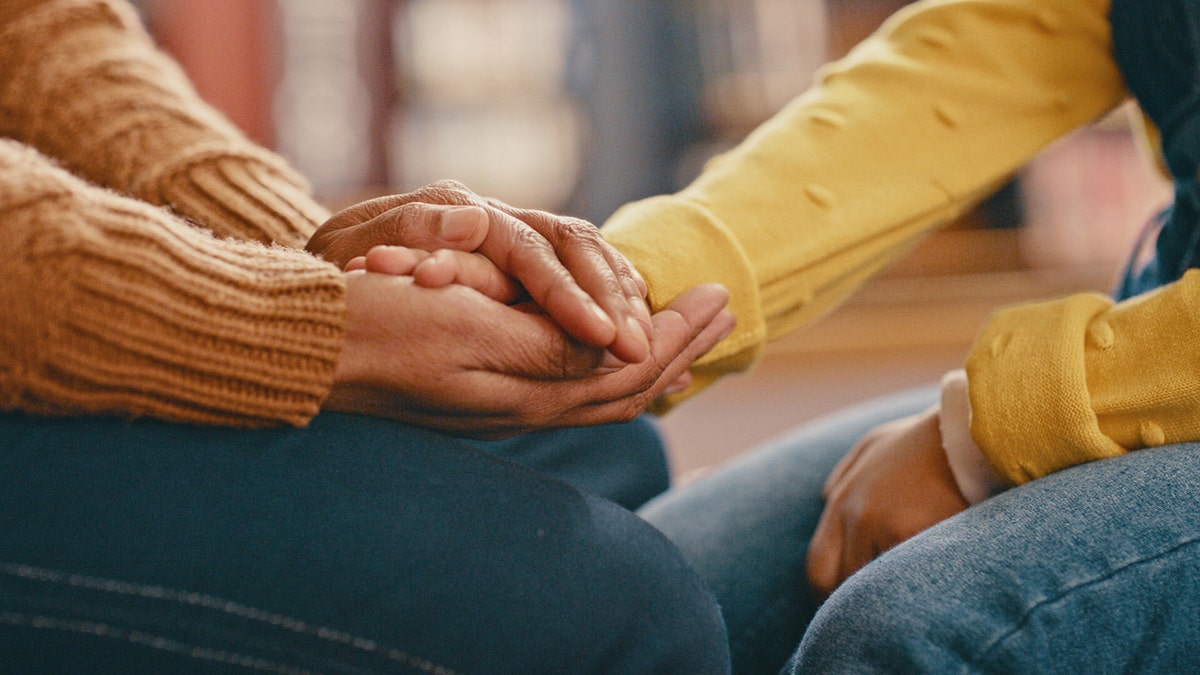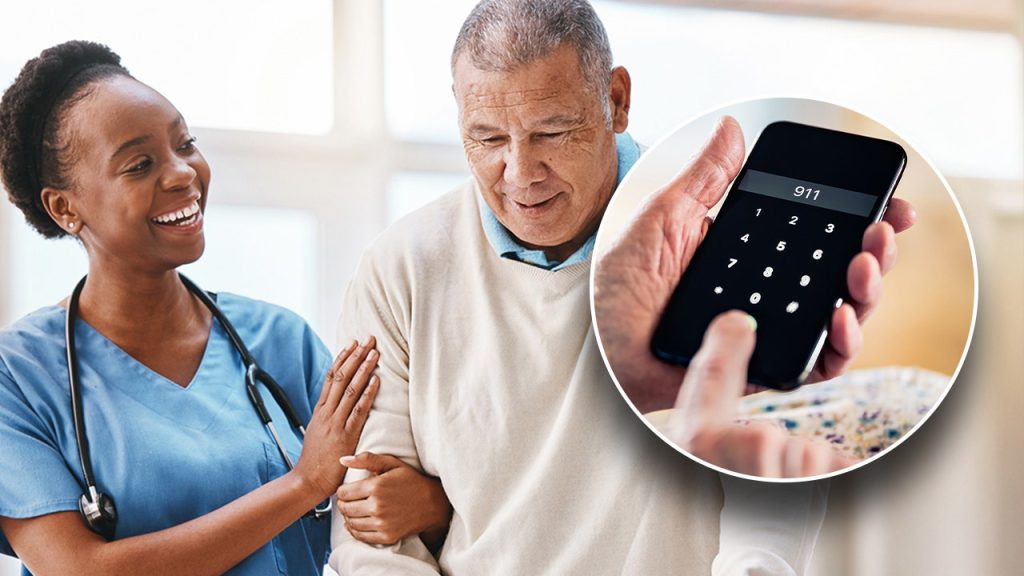According to the American Stroke Association, stroke is the fifth leading cause of death in the United States and a leading cause of disability.
“A stroke is brain damage caused by impaired blood flow,” Sandeep Kumar, MD, of the Department of Neurology and Stroke at Beth Israel Deaconess Medical Center in Boston, Massachusetts, told Fox News Digital in an email.
“A normal blood supply is essential for the brain to function properly and maintain its structure. When blood flow is blocked, the affected parts of the brain can no longer receive oxygen and other nutrients, and as a result, these tissues begin to break down rapidly.”
5 Women’s Health Tips from a Cardiologist to Prevent and Detect Stroke
The people Suffering a stroke, Dr Kumar noted that this can affect a person’s ability to speak and understand.
People may lose sensation in different parts of their body, lose their vision, and be unable to walk or stand.
If someone notices they are experiencing symptoms of a stroke, it is important to seek medical attention immediately. (iStock)
Read on to learn more about stroke symptoms, prevention measures, and the road to recovery.
- What are the different types of strokes?
- What are the main symptoms of a stroke?
- How can I prevent stroke?
- What is the recovery process like after a stroke?
1. What are the types of stroke?
There are two main types of stroke: ischemic and hemorrhagic.
According to the American Stroke Association, ischemic stroke is by far the most common type of stroke, accounting for 87% of all strokes.
“When blood flowing through the cerebral arteries to the brain is blocked by a blood clot or plaque, it can impair blood flow to the brain. This is called an ischemic stroke,” Dr Kumar told Fox News Digital.
A less common type of stroke is hemorrhagic, in which “a blood vessel supplying blood to the brain ruptures, causing bleeding within brain tissue. The bleeding can directly damage brain cells or prevent surrounding tissues from receiving enough oxygen and nutrients,” Dr. Kumar said.
Sharon Stone loses $18 million after 2001 stroke: ‘People took advantage of me’
Also, Transient Ischemic Attack (TIA) According to the American Stroke Association, this is called a “warning stroke” or “mini-stroke.”
This “warning stroke” occurs when blood flow to the brain is temporarily blocked. If you experience this type of stroke, don’t ignore it. Call 911 immediately.

There are several different types of stroke a person can suffer from, but the most common is an ischemic stroke. (iStock)
According to the American Stroke Association, a stroke with no identified cause is called a cryptogenic stroke.
2. What are the main symptoms of a stroke?
Below are some common symptoms of a TIA or stroke as highlighted by the National Institutes of Health (NIH).
- Sudden confusion, difficulty speaking, or difficulty understanding conversations
- Sudden numbness or weakness, especially on one side of the body
- Sudden, severe headache of unknown cause
- Sudden loss of vision in one or both eyes
- Sudden difficulty walking, dizziness, or loss of balance or coordination
The NIH notes that symptoms may begin rapidly or may develop slowly, developing over hours or even days.
An important acronym to remember is FAST: Below is how to identify if someone is having a stroke using the FAST acronym provided by the American Stroke Association:
debt = Facial drooping: “Does one side of the face droop or feel numb? Ask the patient to smile. Is their smile uneven?”
a = “Arm Weakness: Is one arm weak or numb? Ask the person to lift both arms. Does one arm drop?”
vinegar = “Speech disorder: Is your speech slurred?”
T = “A stroke is an emergency. Every minute counts. Call 911 immediately. Record the time symptoms first appeared.”
3. How can I prevent stroke?
According to the Centers for Disease Control and Prevention (CDC), approximately 80% of strokes are preventable.

One thing you can do to prevent stroke is to lead a healthy lifestyle that focuses on proper diet and exercise. (iStock)
According to Lifespan, the average age for stroke onset is 65 or older. The average age is dropping. In the United States, 10% of people who suffer a stroke are under 45 years of age.
“People who suffer a stroke usually have underlying risk factors,” Dr. Kumar told Fox News Digital.
“The most important of these are high blood pressure, diabetes, high cholesterol, smoking and heart disease, particularly a condition called atrial fibrillation.”
Click here to sign up for our Health Newsletter
Kumar noted the importance of getting tested for these underlying conditions by your doctor, making sure to follow their advice on testing and any instructions on medication that may be required if these conditions are found.
Living a healthy lifestyle can also help reduce your risk of stroke.
Kumar says you can do things like: Promoting a healthy lifestyle Mitigate the risks:
- Exercise regularly
- Eat a balanced diet
- Ensure good quality sleep
- Avoid drinking too much alcohol
- Stress Management
- I will quit smoking
4. What is the recovery process like after a stroke?
Recovery after a stroke can be long and difficult, and some people never fully recover.
Not every patient’s path to recovery will be the same.
“Many people who survive a stroke have permanent disabilities that prevent them from returning to normal daily activities. This includes simple tasks such as eating, dressing, toileting, bathing and other forms of self-care,” Kumar said in an email to Fox News Digital.
“Some people are unable to carry out normal daily activities such as reading, writing or driving. Even those who make a full recovery can feel very helpless and unable to shake the shadow of the stroke in their lives. They may refrain from doing things they used to enjoy, such as going on family trips, for fear of having another stroke.”
Stroke patients experience life-altering changes and need support from those around them, including medical professionals and family members.
Click here to get the FOX News app
Exactly what a stroke patient needs to recover will vary depending on each individual case. Factors such as the severity of the stroke, which parts of the brain were affected, how quickly the patient received medical treatment, and the patient’s overall health can all affect the recovery process, according to Northwestern Medicine.

Stroke patients need the support of those around them to get through the difficult recovery process. (iStock)
“Stroke patients have diverse coping and adjustment needs. Many who are left with disabilities such as limb weakness, difficulty walking or speech disorders benefit greatly from rehabilitation,” Kumar said.
“Rehabilitation includes physical and occupational therapy aimed at restoring lost function, such as improving muscle strength in limbs weakened by a stroke. In other cases, lost function cannot be fully restored. Rehabilitation in such cases involves: [a] Understanding the situation helps develop compensatory adaptive strategies to help the individual transition to independence. This may include the use of prosthetic limbs or mobility devices.”
Click here to sign up for our Health Newsletter
Several Patients also suffer from cognitive impairment Kumar covers the issues faced by post-stroke patients as well as practical issues relating to employment, finances and housing.
“Social workers and other community support could be essential to overcoming these challenges,” Kumar said.


